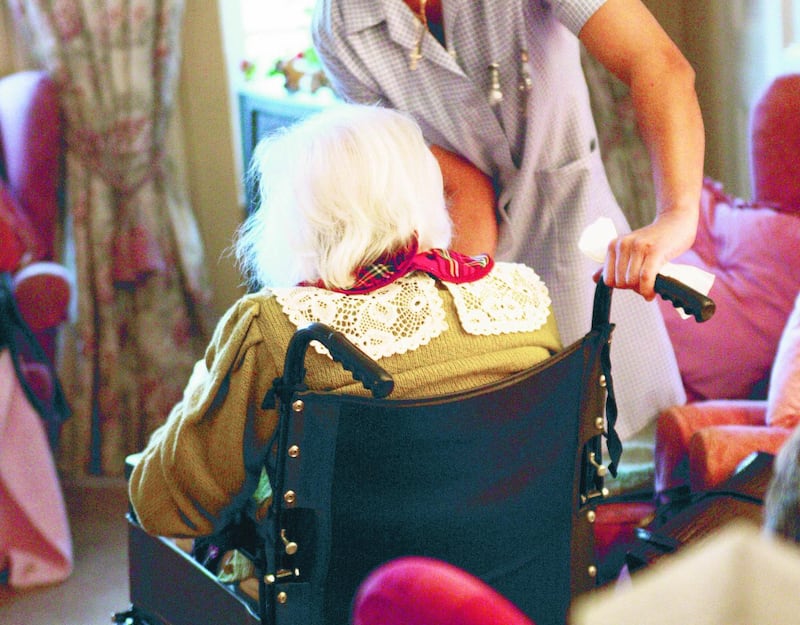The dividend arising from investment in healthcare is prolonged high-quality survival. These added years may require ongoing medical treatment, which tends to become more complex and complicated. Prolonged follow-up may take the form of drug treatment, home help, residential care, and so on. There is very little opportunity to produce a net reduction in related expenditure.
As a result, there is a high cost for the maintenance of wellbeing in the ageing population. The more successful healthcare is, the greater is its long-term cost. These considerations are fundamental to understanding the apparently perverse nature of medical economics.
In conventional economics successful intervention is associated with a financial profit, at least some of which may be reinvested in the service provided. While similar principles operate in private healthcare, the converse occurs with the provision of public healthcare. As noted previously, successfully treated patients subsequently may require further intervention, inevitably associated with increasing cost.
An additional complexity is that in Ireland there is an annual allocation of funding for healthcare by government, and this is apportioned by the HSE to individual providers, including hospitals. An efficient healthcare provider delivering high-quality care may treat the anticipated number of patients in nine rather than 12 months, using up its funding allocation in doing so three months prior to expectations.
Healthcare systems worldwide are struggling with these challenges which have resulted directly from the success of services
The efficient provider who continues to provide this service may be penalised for having overspent on its budget. The penalty may take the form of requiring the hospital to cut down on services for the rest of the year, such as closure of wards and operating theatres.
Challenges
The system requires the provider to deliver value for money, but the finite central fund does not have the capacity to support added efficiency when the annual allocation has been committed otherwise to the end of the financial year.
Healthcare systems worldwide are struggling with these challenges which have resulted directly from the success of services. The healthcare system which has developed in Ireland over the last 70-80 years has resulted in a particular profile.
Investment in healthcare has been concentrated on delivering international-standard hospital services, but there has been much less investment into general medical practice and into allied community-based services. This strategy has resulted in the delivery of chronic disease care within acute hospitals, which by their nature are better utilised providing short-term specialised care.

During the recent financial recession the number of hospital beds available was greatly reduced. Bed occupancy has been maintained at higher then the desirable level, usually over 95 per cent. The most obvious consequence of this is the limited availability of hospital beds to cater for emergency admissions, particularly during periods of high demand.
These are the underlying causes for the well-documented overcrowding of emergency departments in acute hospitals resulting in prolonged waiting times for evaluation, and the nursing of patients on trolleys for days while awaiting admission. These problems have grown in severity over the last decade.
Acute hospital beds
A much-discussed problem is the occupancy of acute hospital beds by patients who no longer require hospital services but who are not ready to resume independent living. Such patients await access to nursing homes or await the provision of home help so that they can function adequately in their own home.
It appears desirable that such patients should be discharged once in-patient treatment is no longer required. However, the consequences of this action should be appreciated.

Patients who are awaiting discharge occupy hospital beds without requiring close monitoring or investigations or treatment, and so they generate only the minimum non-discretionary maintenance costs. Using these vacated beds for patients from waiting lists who require expensive investigations and treatment, including surgery, will increase hospital expenditure. Nursing home, community and home help services all come at an additional cost.
There is no point at which healthcare problems once corrected can be maintained without the ongoing disproportionate increasing of healthcare funding
If patients being admitted to the vacated beds are confined to those awaiting admission from emergency departments there will be no additional cost. However, this is not the case for much of the year, and patients awaiting elective admission must be accommodated at some time.
Approximately 6-7 per cent of public hospital beds are occupied by patients whose medical condition no longer requires hospital care. Even while these patients are accommodated, the hospital system exceeds its budget year-on-year. Immediately discharging patients who are ready and replacing them with patients who require expensive services and paying for community services will increase healthcare spending further.
Ideal model
The Sláintecare report outlines a broad strategy to develop the delivery of comprehensive medical care in the community. It envisages that the current primary care would be developed to provide management of chronic diseases. This would allow hospitals to concentrate on urgent, emergency and complex medical and surgical care. Clearly this would be the ideal model.
The funding to support these developments as set out in the Sláintecare report appears to be unrealistic. There is no point at which healthcare problems once corrected can be maintained without the ongoing disproportionate increasing of healthcare funding. This is because the demands that society makes on healthcare increase the funding required at a level much in excess of the general cost of living.
The perversity of public healthcare funding is that the only truly cost-saving event is its ultimate failure, death, particularly so in the case of the older person who is no longer contributing financially to society.
With death the needs for ongoing hospital, drug and community treatment vanish. In addition, if the person who dies is a recipient of a State pension it ceases completely or continues at 50 per cent for a surviving spouse.
In contrast, the ultimate success of healthcare is prolonging acceptable quality life which inevitably requires a variety of medical interventions, all of which come at significant cost to society. Perverse.
T Joseph McKenna was a consultant physician in St Vincent’s University Hospital, Dublin, for 29 years, He was also professor of investigative endocrinology in University College Dublin and is a past President of the Royal College of Physicians of Ireland













